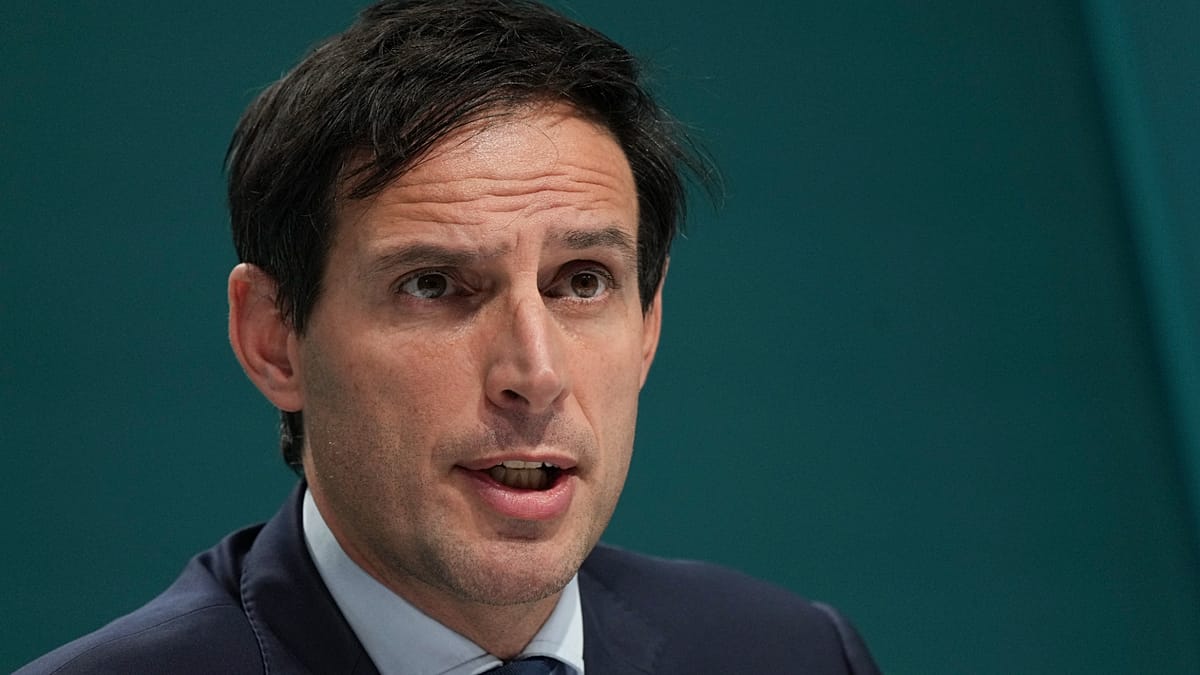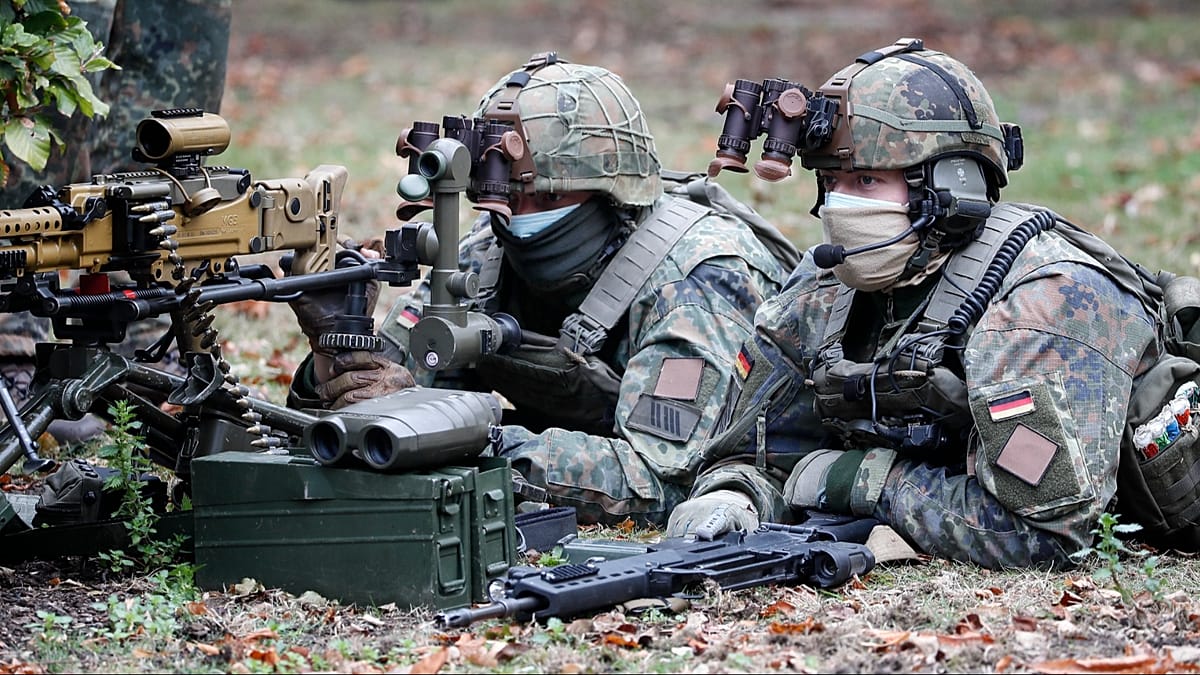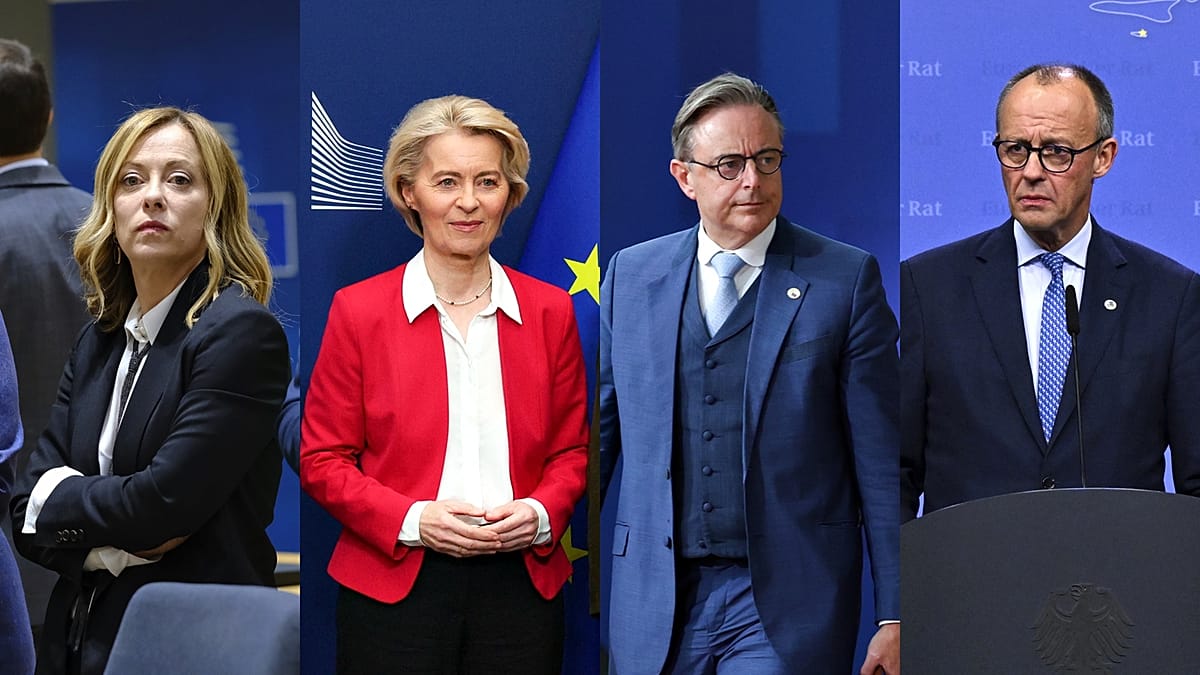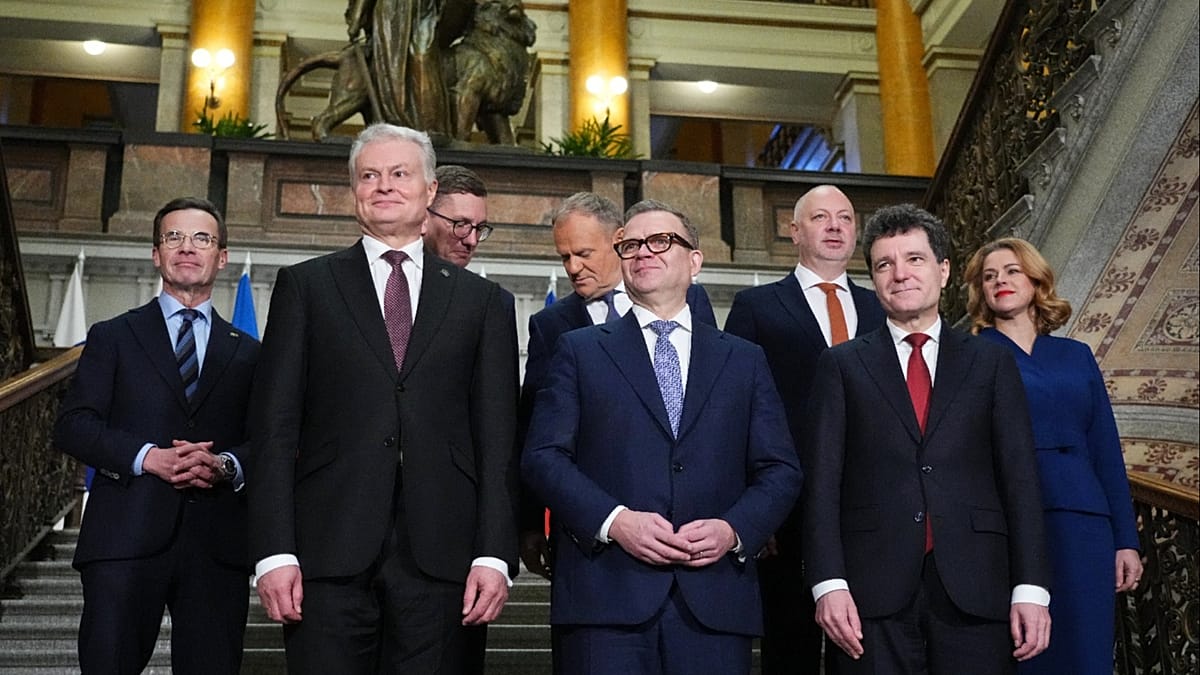
A senior UN official has told Euronews that Afghanistan does not have the capacity to absorb returning refugees into its local communities – this as EU member states look for ways to return
According to a report by the UN Development Agency (UNDP), roughly 4.5 million Afghans abroad are returning to their own country. But the country’s severe conditions, including a widespread lack of access to international assistance, are making it challenging to reintegrate Afghans returning from abroad.
Among the problems the country faces are deep poverty, harsh climate conditions, the damage caused by recent earthquakes, and the Taliban’s severe impositions on basic human rights and everyday life, particularly affecting women and girls.
This lack of capacity to absorb returnees is a serious problem for European attempts to deport Afghans irregularly staying in numerous EU member states.
UNDP director Asia and the Pacific, Kanni Wignaraja, told Euronews that the reality on the ground makes the idea of mass deportations or returns untenable.
“There is a disconnect between global calls for people to return to Afghanistan and the ability of Afghan communities to absorb those coming back,” she said.
Brussels has nonetheless started exploratory talks with the Taliban, a regime that the EU does not formally recognise, following a push by 20 European countries to return rejected Afghan asylum seekers.
According to the latest data from the EU Agency for Asylum (EASO), between June and August 2025, 63% of Afghan asylum seekers were recognised as refugees in EU and EFTA countries, though rates varied widely by country.
EASO’s data exclude national forms of protection, the type of protection most often granted to Afghans, as well as cases appealed to judicial authorities after rejection.
Among the poorest countries
With a population of roughly 44 million, Afghanistan is among the world’s poorest countries: according to the latest data from the Adjusted Multidimensional Poverty index, around two-thirds of the population live below the poverty line.
Wignaraja told Euronews that the Afghan people currently returning home are primarily coming back from Iran and Pakistan, whether by force or by choice.
“Close to 10% of the population is coming back, without bringing assets,” she said. “In fact, they bring back almost nothing. What they’re carrying with them, other than the clothes on their back, is debt.”
“It is very difficult for returnees to find a job for instance. When they arrive, they don’t have homes and basic health and education services. And most importantly, the women and the girls can’t go back to school after grade six and women can’t find work”.
Besides the challenges of finding basic needs, international assistance hardly reaches returnees once they arrive in Afghan communities.
“When you ask local communities where the returnees are coming to whether they have seen any international assistance, about 76% told UNDP they haven’t,” Wignaraja said.
Demanding better for women
Since the Taliban swept back to power in 2021, Afghan women and girls have been deprived of their rights. They are barred from all but basic education and almost all work, with their movement and participation in public life restricted to a draconian degree.
Wignaraja said that the EU, while looking for a dialogue with the Taliban, it should get “the freedom and rights for women and girls as a top negotiating point for returning Afghans”.
“Everyone, men and women, girls and boys, should have the ability to have a basic dignified life and well-being when they return,” the UNDP director said. “But most importantly, the Afghan girls and women should have their rights for education and for work.”
“And that I think is a huge issue that has to be looked at while supporting the return through international assistance.”









